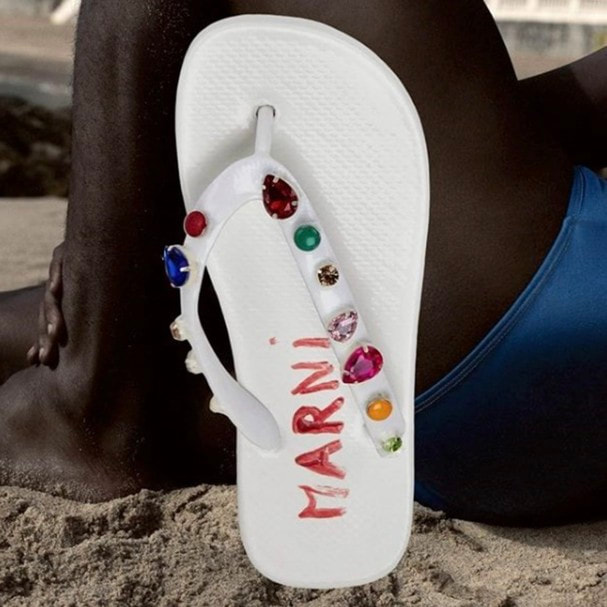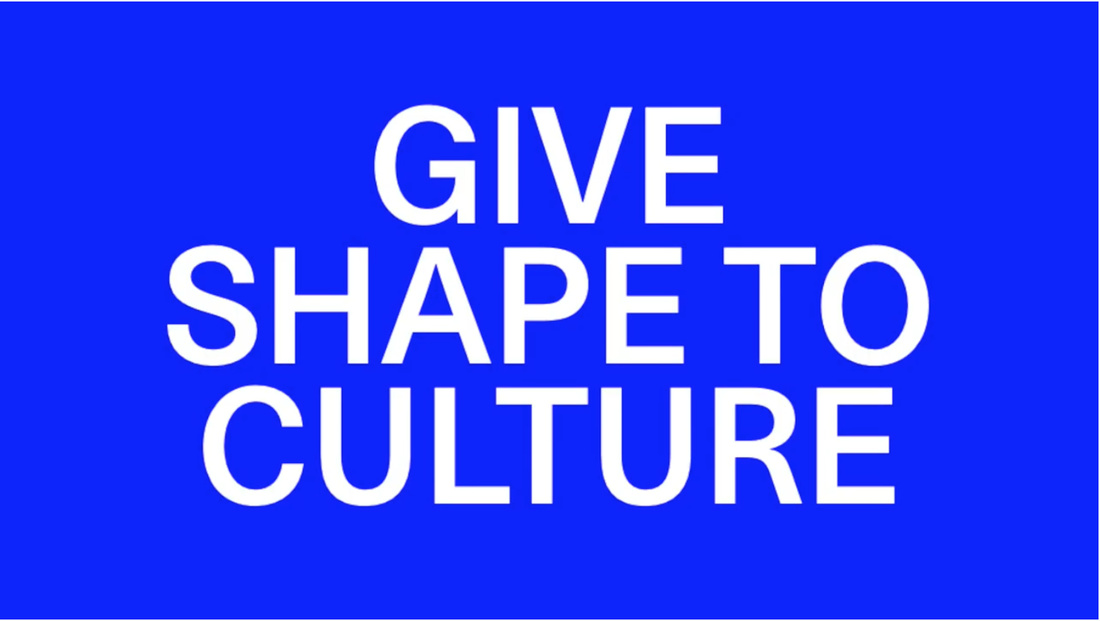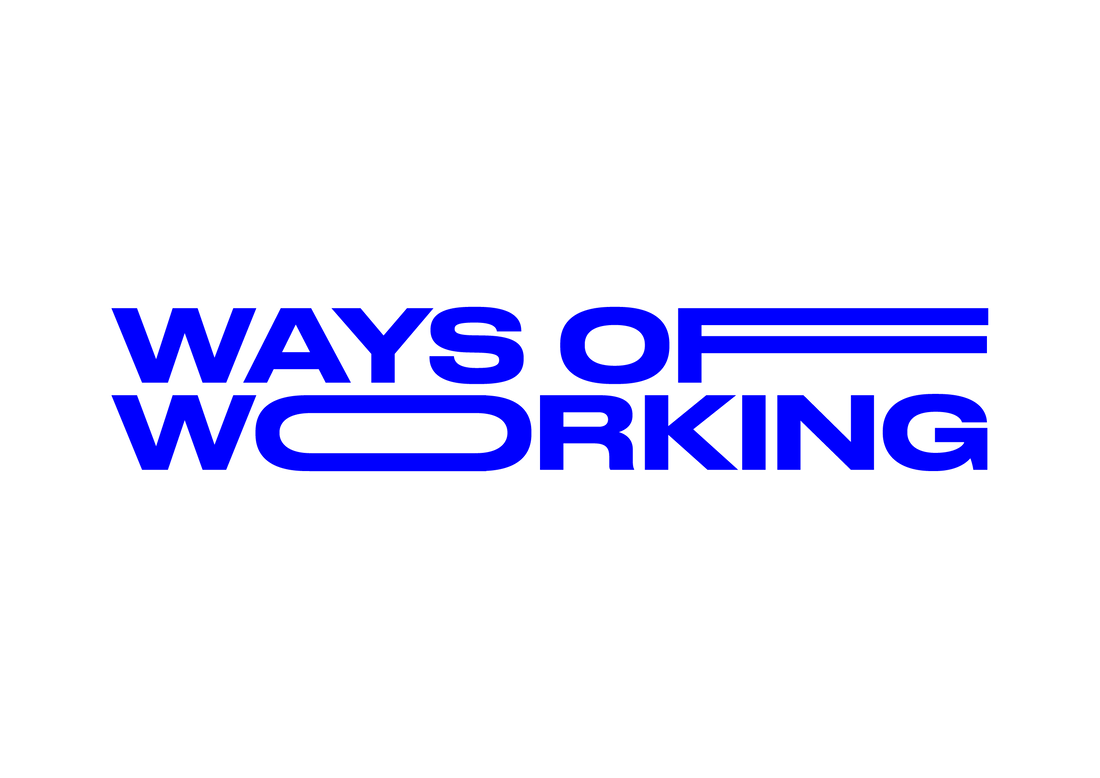|
During summer 2020, while Black Lives Matter was the most debated topic next to the global pandemic, the Italian brand Marni released its campaign “Jungle Mood”. The content has been judged offensive and full of archaic colonial stereotypes by the entire web. “One model is painted in clay, evoking tribal body paint. In another image that’s since been deleted from the brand’s Instagram account, a link of chains near the model’s feet resulted in some terrible shackle- like optics” Diet-Prada wrote. Racism, cultural appropriation, white supremacy, and objectification, ALL-IN! Nevertheless, the images have been produced in collaboration with Edgar Azevedo, Afro- Brazilian artist, with the purpose of celebrating the beauty of the photographer’s culture. What is the problem, then? Unfortunately, Azevedo reported to the Brazilian MJournal that the images have been chosen, retouched, and collaged with the advertised pieces without sharing and approving with him the final outcomes before the release. In addition to the lack of communication, the creative explained that he was underpaid, delivering the images for just over $1,100. Another debate on the same topic happened over Adele’s choices of appearing in a Jamaican-flag bikini and Bantu knots during Carnival this year: “Bantu knots are NOT to be worn by white people in any context, period” someone wrote on Twitter. On the contrary, the artist desired to support the Jamaican community when the 2020 edition of west London's traditional celebration of the Caribbean and black culture took place remotely for the first time in its 50-year history. Is this black-lash just a political excess or less-dominant culture found undesirable and offensive? Finally, last March, a British brewery, the Three Hills Brewing, was accused of appropriating the Veda name (large bodies of text that contain direct-from-the-divine transmission), but also of Hindu iconography for the logo and label design on the bottles. What is the line that distinguishes cultural appropriation from inspiration or support? Nowadays, as claimed by Design Justice Network:“Design approaches are full of good intentions, but good intentions alone aren’t enough to ensure that design serves as a tool for liberation”. However, “it usually ends up being a reductive conversation about whether it’s OK for white people to do something" the British critique Afua Hirsch states. Going beyond these facts and thinking about the heavy spiral of insults and negative comments, I asked myself if now my design research and content must restrict only to my culture and tradition. I have to be honest I am the perfect image of the white, blonde, European designer not from a marginalised background. Therefore, according to my “beautiful” bio, do I have to create following the same concept or aesthetic - that anyways would not be “cool” enough because privileged and coming from a dominant culture? Would the only solution be to eliminate all the inputs and conversations I have every day, because of how Lionel Shriver put it, we live in a “look-but-don’t-touch” mentality?. Is not this a bit contradictory to raise intangible walls of exclusivity between cultures when we live in a melting-pot world with no boundaries and where the information is open to access? I still remember when coming to London at 18 years old I seriously met the LGBTQ+ community, listening to their stories, the profound issues, and the joys that they have lived and experimented with over the last decade. I was profoundly touched by their stories, and I desired to enlighten some of these encounters. This interest is never-ending research for me, spreading from the ballroom culture that resulted in voguers, to gender fluidity debates, and the various LGBTQ+ groups; do you know there are many transgender communities inside the catholic church? How can I express myself about this topic as I have nothing to do with these sub-cultures, as I am not lesbian or transgender, as I have not lived the balls... Moreover, if I decide to do so, how can I do it without exploiting, and doing it to be “alternative” and unrelated from the dominant culture – but ultimately miserably falling in the styles of the capitalistic mainstream? (Fisher M., pp.38) Following several conversations, and observing day-to-day what in a big fashion commercial context - Acne Studios – have to be kept in mind while designing a graphic print or when deciding which models to choose for the e-commerce shoot, I realised that if I want to be a person that contributes to the anthropological side of fashion and design, I must be a transmitter of what I discover. I have to communicate what awakes my naive and blind view when I get hit by reality, the meetings I have, and the discussions that are raised. If my goal is to build a world in which appreciation and not dominance are the leading way of looking at what we experience, I cannot be scared of telling what inspires me, because it could be a tool to re-discover myself and re-design society. As Samuel Ross said during a conversation with Another Magazine (2020), the value isn’t in fact just in the product and in the commercial statements, but it is in the ethos of the designer and — if there is — of the company behind. This means that if I want to commit to cultures that are not “mine” I cannot be superficial while researching, but I have to deep inside people’s desires, identities and traditions. I cannot self-educate myself, appropriate of a marginalized community, and arrive at my own conclusions. In fact, as happened in Marni’s episode, one of the problematics is that many times people and cultures are not credited, and added to this, cultural elements are removed, changing their “meanings, and purposes, turning them into something that has nothing to do with the symbolism their creators transferred to them”. This is why collaborations become a fundamental part to not appropriate but to enrich. Even if these questions are not resolved yet, I can be, and I want to be, a condition for transformation, and for this reason, I will not close them, but always put these in the middle of the table Chiara Adele Ruozzo, DFAD @c.ruozzoarchive Resources
Young S. (2020) ‘Marni apology for “Jungle Mood” Campaign amid accusations of racism’, The Independent. Available at: https://www.independent.co.uk/life-style/fashion/marni-apology-jungle-mood-racist-colonial-stereotypes-diet-prada-a9647551.html Yalcinkaya G. (2020) ‘Photographer of racist Marni ad says it was released without his approval’, Dazed Digital. Available at: https://www.dazeddigital.com/fashion/article/50044/1/photographer-of-racist-marni-ad-says-released-without-approval-edgar-azevedo Minelle B. (2020) ‘Stars defend Adele against cultural appropriation claims after singer shares photo in Bantu knots’, Sky News. Available at https://news.sky.com/story/stars-defend-adele-against-cultural-appropriation-claims-after-star-shares-photo-in-bantu-knots-12060334. Long M. (2020) ‘Cultural appropriation: can designers ever responsibly “borrow” from other cultures?’ Design Week. Available at: designweek.co.uk/issues/9-15-march-2020/cultural-appropriation-in-design/ Design Justice Network (2020) ‘If We Want Design to be a Tool for Liberation, We’ll Need More Than Good Intentions’ Eye on Design. Available at: https://eyeondesign.aiga.org/for-design-to-truly-be-a-tool-for-liberation-were-going-to-need-more-than-just-good-intentions/ Chesterton G. (2020) ‘Cultural appropriation: everything is culture and it’s all appropriated’ GQMagazine. Available at: https://www.gq-magazine.co.uk/article/the-trouble-with-cultural-appropriation Fisher, M. (2009) Capitalist Realism: Is There No Alternatives?. Zero Books Shriver L. (2016) ‘Read Lionel Shriver's Controversial Cultural Appropriation Speech’, Time. Available at: https://time.com/4493032/lionel-shriver-cultural-appropriation-speech/ Sagal M. (2020) ‘Samuel Ross, on space & ownership’, Another Magazine, 40, pp. 320-321.
0 Comments
Leave a Reply. |
Archives
December 2021
Categories |




 RSS Feed
RSS Feed
